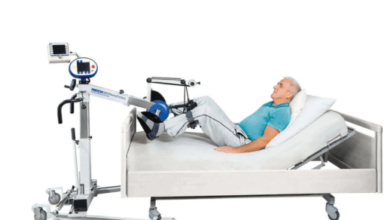Floating a boat lift using inner tubes is a practical way to keep your boat lift afloat while providing buoyancy. Here’s how you can do it:
Materials You’ll Need:
- Boat lift
- Inner tubes (size and number will depend on the weight and size of your boat lift)
- Ropes or straps
- Anchors (optional, depending on your location)
- Boat
Procedure:
- Choose the Right Inner Tubes:
- The size and number of inner tubes you’ll need depend on the weight and size of your boat lift. Select inner tubes that can provide sufficient buoyancy to keep the boat lift afloat. It’s a good idea to slightly overestimate the number and size of inner tubes you need to ensure adequate buoyancy.
- Position the Boat Lift:
- Ensure that your boat lift is properly positioned in the water at its intended location. The boat lift should be in a stable and level position.
- Inflate the Inner Tubes:
- Inflate the inner tubes to the desired level of buoyancy. Make sure they are evenly inflated to provide consistent support. You can use a pump to inflate them if needed.
- Secure the Inner Tubes:
- Attach the inflated inner tubes to the boat lift using ropes or straps. You can use one or more inner tubes, depending on your boat lift’s size and buoyancy requirements.
- Pass the ropes or straps through the center holes of the inner tubes and secure them to the boat lift frame or other suitable anchor points.
- Distribute the Inner Tubes:
- Distribute the inner tubes evenly around the boat lift to ensure balanced support. The goal is to lift the boat lift evenly without causing it to tilt or list to one side.
- Test for Stability:
- Once the inner tubes are secured in place, carefully lower your boat onto the boat lift to test for stability. Ensure that the boat lift remains level and secure.
- Adjust Buoyancy (if needed):
- If the boat lift is not floating level or if it doesn’t provide adequate buoyancy for your boat, you may need to adjust the number or size of the inner tubes.
- Secure the Boat:
- Once the boat lift is stable and properly buoyant, secure your boat to the boat lift using the lift’s cradles or other suitable means.
- Optional Anchoring (if needed):
- Depending on your location and water conditions, you may want to anchor the boat lift to prevent it from drifting. Use appropriate anchors and anchor lines to secure the boat lift in place.
- Regular Maintenance:
- Periodically check the inner tubes for leaks or damage. If any inner tube becomes damaged or deflated, replace it promptly to ensure the stability of your boat lift.
Using inner tubes to float a boat lift is a cost-effective and practical solution. However, it’s essential to choose the right size and number of inner tubes to ensure proper buoyancy. Additionally, monitor the condition of the inner tubes and perform regular maintenance to keep your boat lift afloat and functioning correctly.



